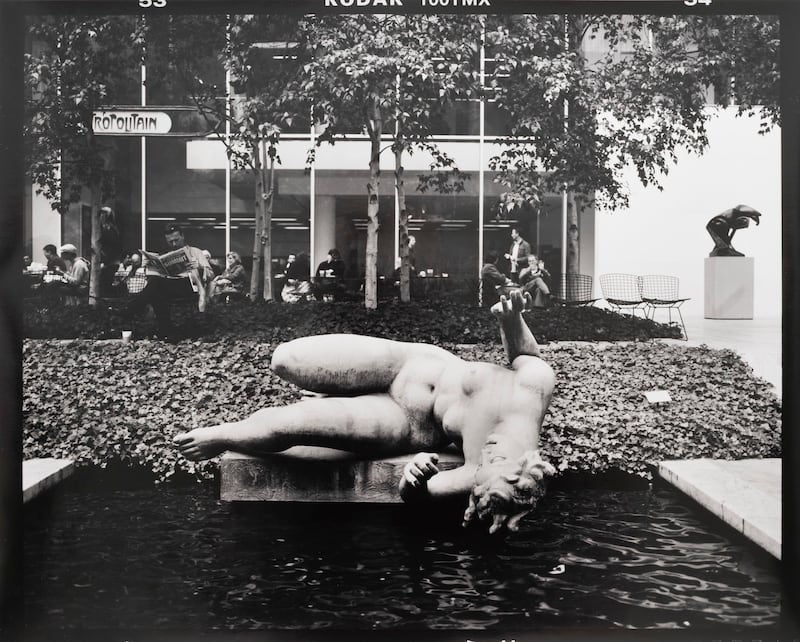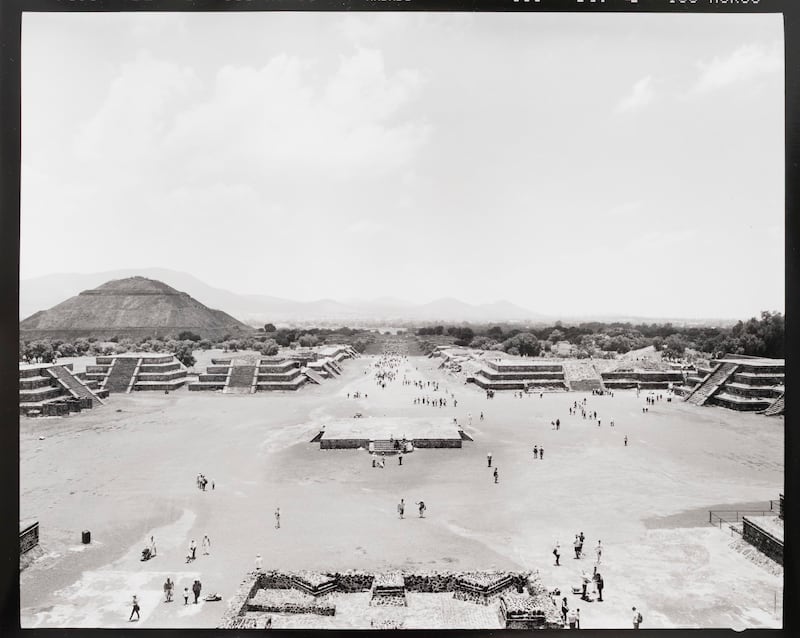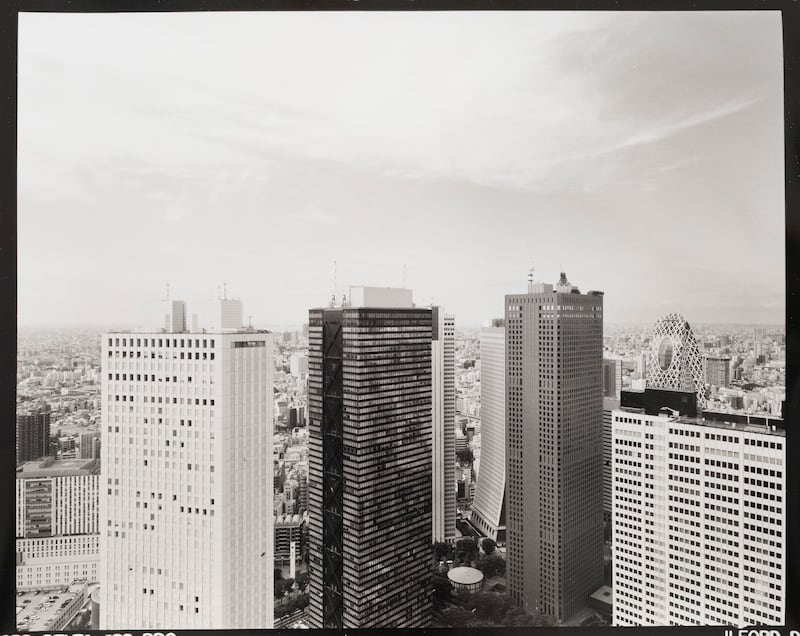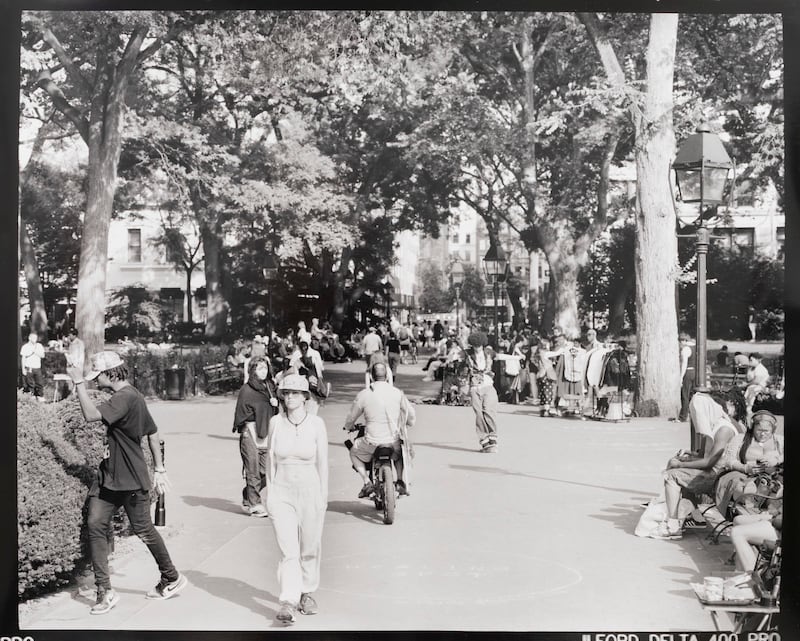Gerard Byrne: The Struggle with the Angel
Kerlin Gallery, Dublin
★★★★☆
Gerard Byrne, who was born in Dublin in 1969, and works across film, photography, sculpture and performance, has fashioned a long and enviable career both at home and abroad.
In the mid-1990s, after studying at the National College of Art and Design, he moved to New York, where in quick succession he completed an MFA at the New School for Social Research, won a PS1 studio award and graduated from the Whitney independent-study programme.
Byrne developed an aesthetic that is meticulous and cerebral, simmered in references to intellectual and artistic history, as in his multichannel video installation A Thing Is a Hole in a Thing It Is Not, which addresses minimalism through an interwoven series of vignettes. Yet for all its obvious erudition, Byrne’s work negotiates a balance, remaining accessible and playful and even, at times, brimming with warmth.
The artist’s star continued to rise through the 2000s and beyond: in 2006 he received a prestigious Paul Hamlyn Foundation award in the UK; the following year he represented Ireland at the Venice Biennale; in 2013 he was the subject of a major survey exhibition at the Whitechapel Gallery, in London.
READ MORE


Now in his 50s, Byrne is returning to the Kerlin Gallery after an eight-year hiatus with The Struggle with the Angel, a sort of ad-hoc retrospective. The artworks are selenium-toned silver gelatin photographs, captured with a Mamiya 7 analogue camera that Byrne bought from a friend in 2008, and hand-printed in his darkroom.
[ Art of darkness in a Ranelagh homeOpens in new window ]
Over the course of 23 images, the artist reveals his journeys through cities, countries and continents. The cluttered horizons of major metropolises appear throughout the sequence, as do several portraits of the artist and his companions. There are Mexican pyramids, a graveyard, what appears to be a ceremonial garden in India, and some striking works of public art and architecture.


Formal aesthetic choices connect these disparate moments; Byrne’s black-and-white compositions regularly employ horizontal symmetries, with sky and land meeting in the middle of the frame.
The show’s title brings to mind the Frankfurt School thinker Walter Benjamin, who, riffing on a painting by Paul Klee, memorably described “the angel of history”. Its wings blown open by the violent storm of progress, the past an ever-expanding image of calamity, Benjamin’s angel is a metaphor for communicating the perilous aggression of human civilisation.


There is nothing overtly violent in Byrne’s imagery, yet the works depict so many facets of global industrial society that the correspondences start to suggest themselves: settings of wealth and commerce, featuring bustling, highly developed urban landscapes, are accompanied by signs of political violence (a statue of Gandhi, a mural in Palestine), civilisational extinction (ancient indigenous sculptures, pyramids in Latin America) and rituals of death (the graveyard).
Byrne is known for navigating theories of time in his work. While the exhibition has the appearance of a travelogue, it leaves the impression of a subtle commentary hinting at humanity’s precarious condition in the 21st century.
The Struggle with the Angel is at the Kerlin Gallery, Dublin, until Saturday, April 5th














